Thus, legend says, Ernst Leitz II spoke at the meeting 100 years ago in June 1924. It was decided that Barnack’s 35mm camera would be produced by his employer, the firm of Ernst Leitz based in Wetzlar. This meeting was the stuff of legend, and no formal records of the exist today. Indeed, we do not know the exact day the meeting took place, but it was probably before the patent application for the camera was made on either 16 or 17 June 1924. Legend has it that the meeting ended at 12.30pm because it was lunchtime for Ernst Leitz, of which more anon.
Ernst Leitz II: The decision
This article is a brief chronological run through the events leading up to the June 1924 decision to produce the camera which eventually became known as the Leica. In 1911, a man called Oskar Barnack joined the firm of Ernst Leitz in Wetzlar from the renowned Zeiss optical firm. He was an engineer who had been employed to develop various mechanical engineering projects, but he soon found himself working on an experimental Leitz 35mm cine camera.
He found this to be a large and difficult instrument to carry and operate, particularly with his poor health. However, while he was working on that project, he produced the M875 film exposure tester, which has a familiar look to it.
Test device
This was not a prototype for the Leica, but rather it was a device to test the exposure rating of film before it was used with the cine camera. The next big step was with the Ur-Leica (as it is now called, in English it means “Original Leica”). This was the prototype for the 35mm camera with which we are all now familiar.
This camera, which emerged in 1914, had all metal construction and used 35mm film with an image size 24mmx36mm instead of the 18mmx24mm used in cine cameras. It had a shutter which was cocked as the camera was wound on, but which was not self-capping. The lens fitted to the camera was the 42mm Mikro Summar, designed for photography with microscopes, put into a special mount for normal distances.
Ernst Leitz II: War and peace
What happened during the next 10 years? Well, apart from the fact that the Great War (World War I) occurred, not much occurred for quite some time. Leitz and Barnack took the camera on their holidays and other travels, and Barnack took photos of his children.
But Barnack did create further prototypes for testing. Throughout his working life, he was an inveterate tester of his products, and he continued to test and improve his creations up to his death in 1936.
The 50mm lens
The next big step was a 50 mm lens with helicoid focus and an anastigmatic design, which was created by Max Berek around 1920. This optic appeared on the legendary 0 Series cameras, which were not actually sold. Instead, they were distributed as test cameras in 1923 to 22 trusted parties. The camera shown below was given, initially, to Henri Dumur, a senior Leitz manager who was related to the Leitz family. Eventually, it ended up with Barnack. It was engraved ‘Oscar Barnack’ possibly by his son, Conrad, who appears in the family photo above. This camera was sold for €14.4 million in 2022, a world record price for a camera.
Following all this testing, Barnack and his team decided to push for production status for the camera. Patent application papers were prepared. There are no recorded minutes with a date and time for the meeting at which the decision to produce the camera was taken. But we must assume that the meeting was held on or before the patent application date for the new shutter, which was now self-capping. The date seems to have been either 16 or 17 June 1924, based on British and German patents.
Ernst Leitz II decides
The following is based on the description in the book Oskar Barnack, “From the Idea to the Leica” by Ulf Richter. An English version of the book, translated by Rolf Fricke, is available from Leica Society International (LSI).
The legend has it that the meeting was held in the morning and lasted for over three hours. It is said to have taken place in the administration block for the Leitz Factory, in a room adjoining the office of Ernst Leitz II.
The assembled personnel were
- Ernst Leitz II
- Henri Dumur
- Oskar Barnack
- Max Berek
- August Bauer, Mechanical Foreman
- Rudolf Zak, Optical Foreman
- Michael Becker Financial and Marketing
Another individual, one Alfred Turk, had earlier given consenting advice to Ernst Leitz II, but there is no evidence that he was at the meeting.
Ernst Leitz II: Decision dissent
According to a much later radio broadcast, for his 80th Birthday in 1951, Ernst Leitz described Oskar Barnack as a very intelligent man who was constantly improving the devices which he had made. Leitz recorded that he had taken one of those devices to America and had used it to make pictures. He also, surprisingly, recorded the fact that most of those present were against going to full-scale production. One must assume that Barnack and Berek favoured producing what were their creations, so those against must have included most of those listed above.
Leitz recalled that it was around the middle of the day and that no agreement had been reached. He then observed that it was about 12.30 pm and that he concluded the meeting by saying, in first person, “Ich entscheide hiermit: Es wird riskiert.“ which means “I have decided, the risk will be taken”.
Another legend says that Leitz normally took his lunch about that time and would usually have gone up to the Villa Friedwart through a tunnel which connected with the administration block. The tunnel was damaged in WWII and was never reopened. I have been in the basement where it connected, but have never been in the tunnel itself. What I did get to see at Villa Friedwart was the Leitz family silver, which might have been used by Mr Leitz for his lunch.
Meeting place
So, what does the location of the decision-making meeting look like today?
The room in which the meeting took place is just another modern office these days, and all I have is this photo of fellow Macfilos writer Ed Schwartzreich staring into the room.
Much more interesting is the adjacent room, where Ernst Leitz had his office, has been preserved. The current occupier of the building told us that many years of tobacco smoke had to be cleaned off the wall to reveal the lovely woodwork.
The bottom photo below shows LSI members Ed Schwartzreich (left) and Jay Paxton (middle) entering the room, while the current occupier (right) describes the scene. The top left image shows the lovely wood panelling. There is a hatch opening into a secretary’s office and a curtained window leading to a small kitchen from which food could be served. This, of course, begs the question as to why Mr Leitz had to go home for his lunch.
That matter having been decided, it took some time to get the product to the market, with its first commercial launch being at the Leipzig Spring Fair in March 1925.
The first use of the term Leica (= LEItz + CAmera) was in this advertisement from May 1925. The rest is history, apart from a lot of very hard work by Barnack and his team and their successors.
The manufacture of Leica cameras continues today, 100 years after the initial decision.
Read more on Leica history from the author
Want to contribute an article to Macfilos? It’s easy. Just click the “Write for Us” button. We’ll help with the writing and guide you through the process.

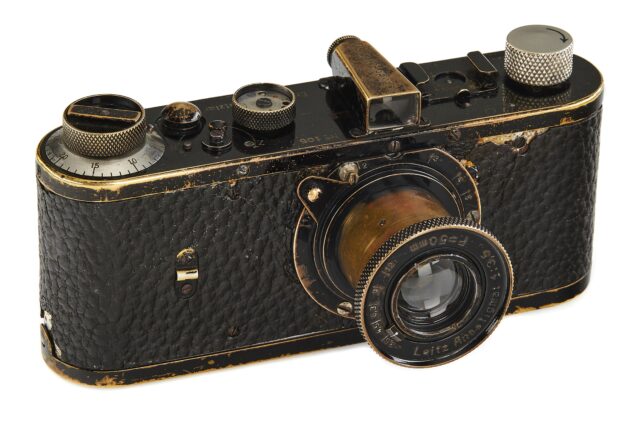
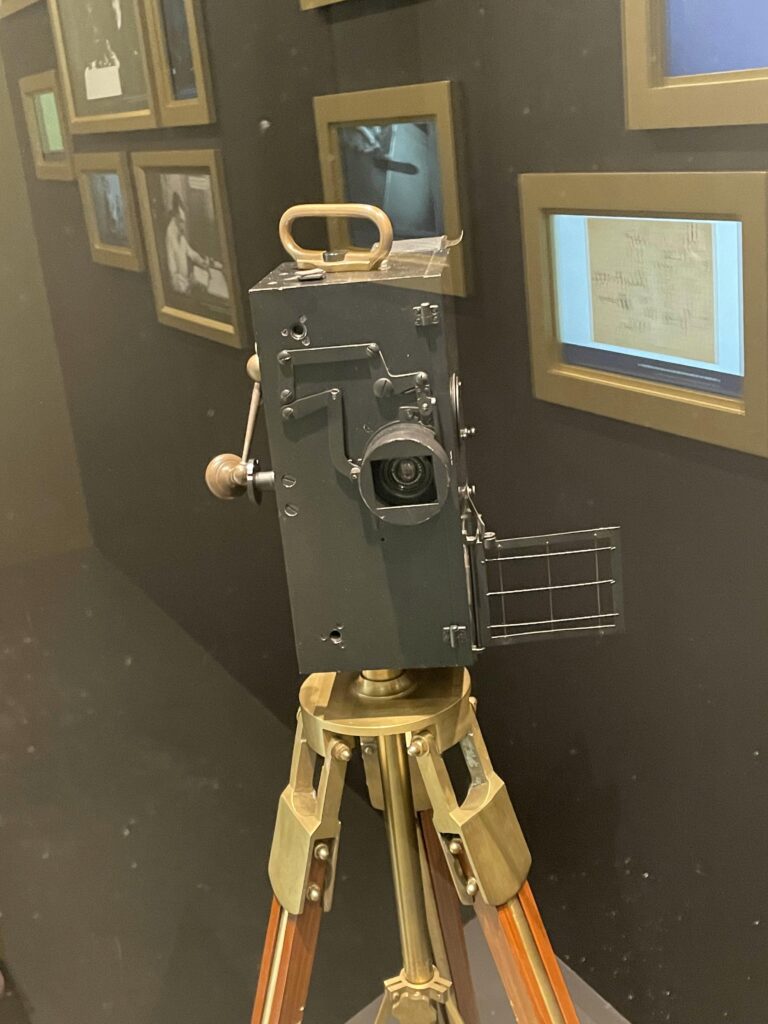
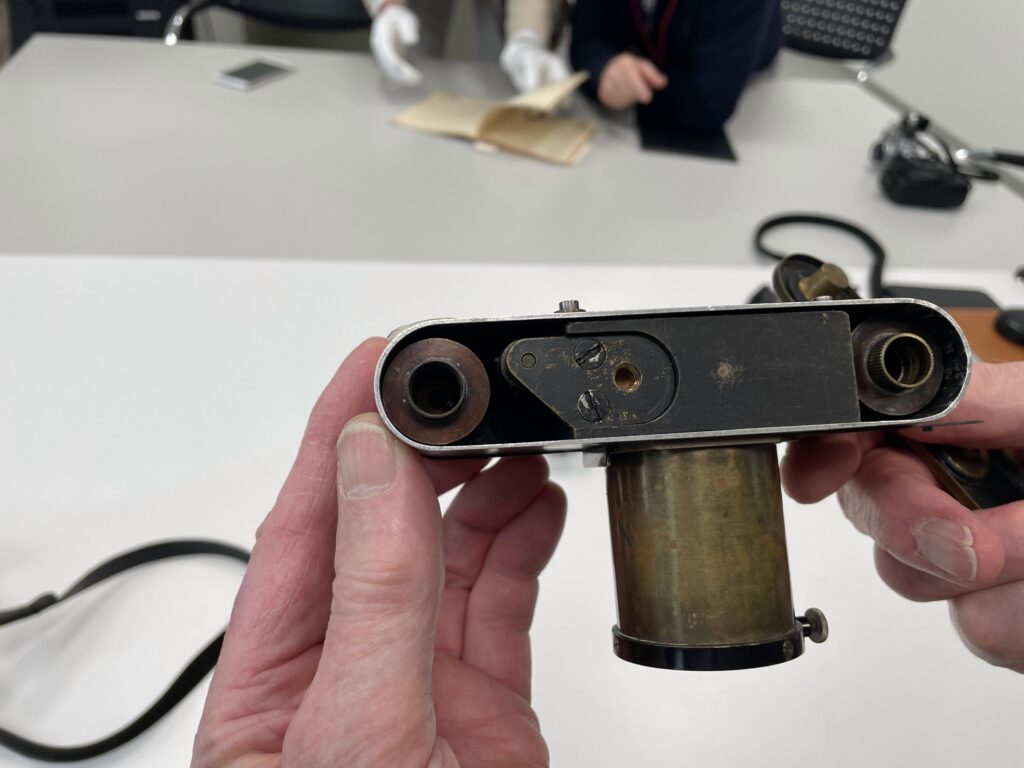
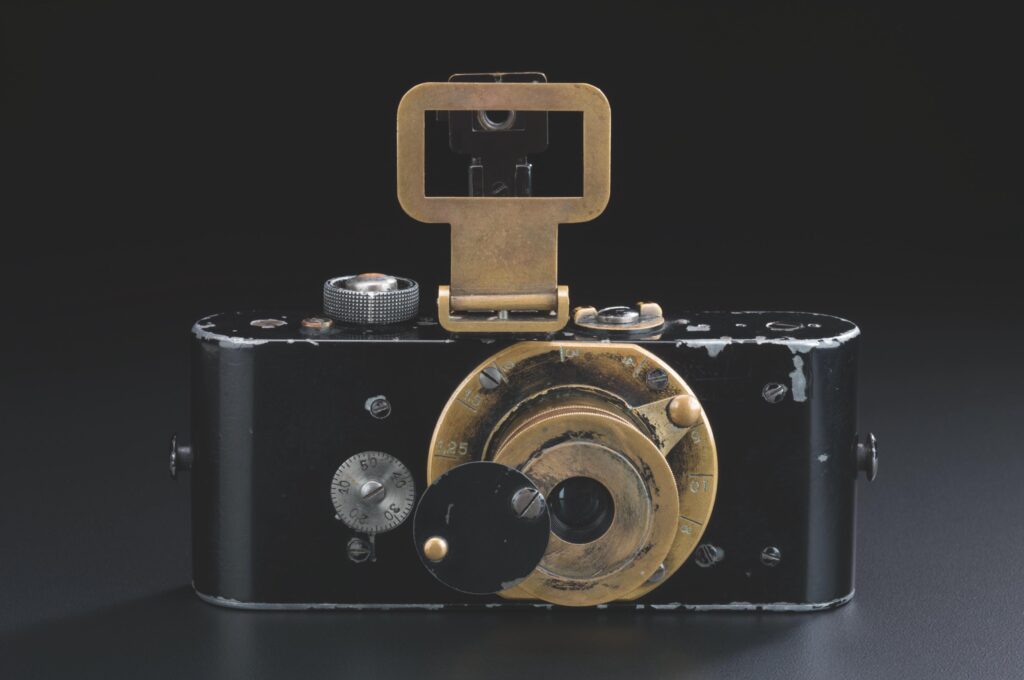
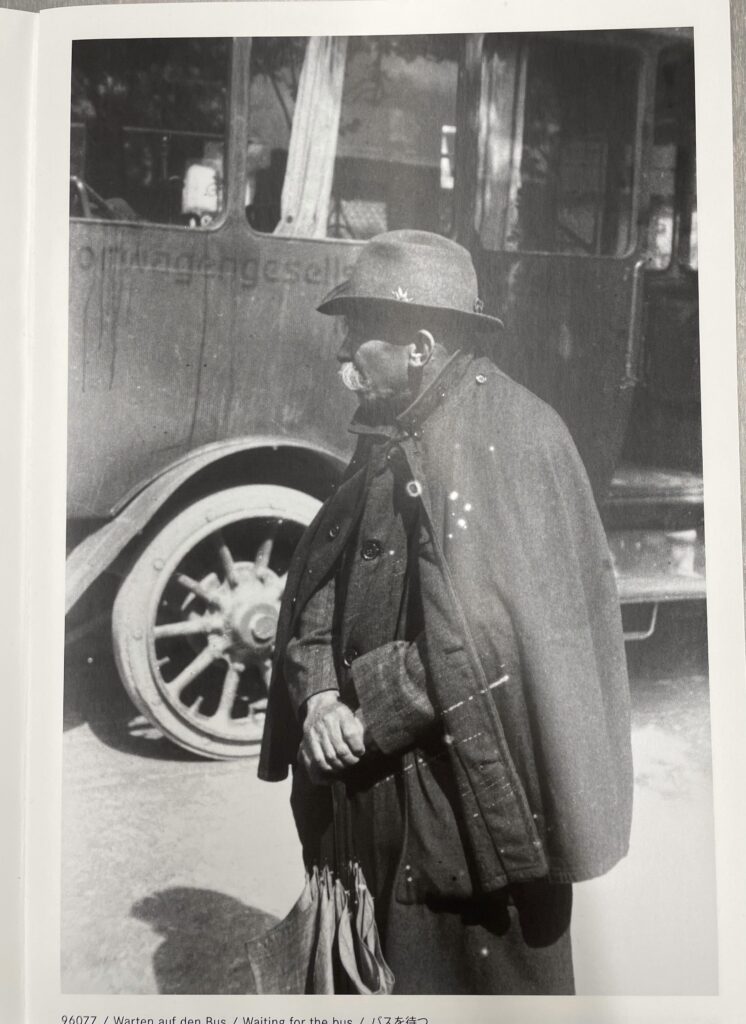
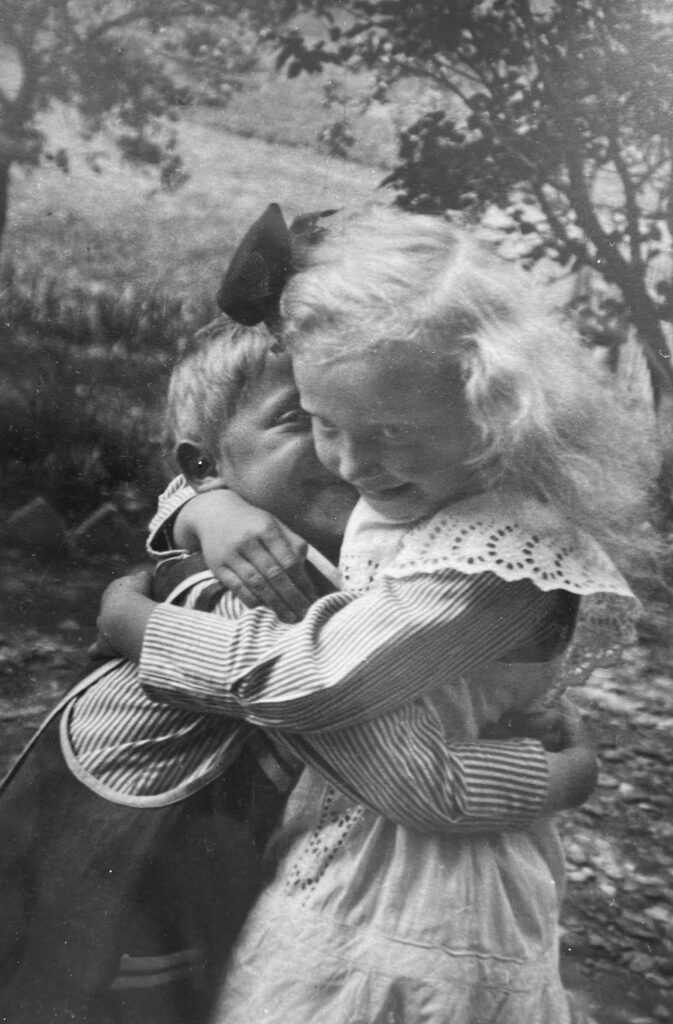
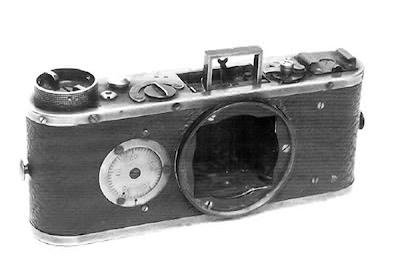
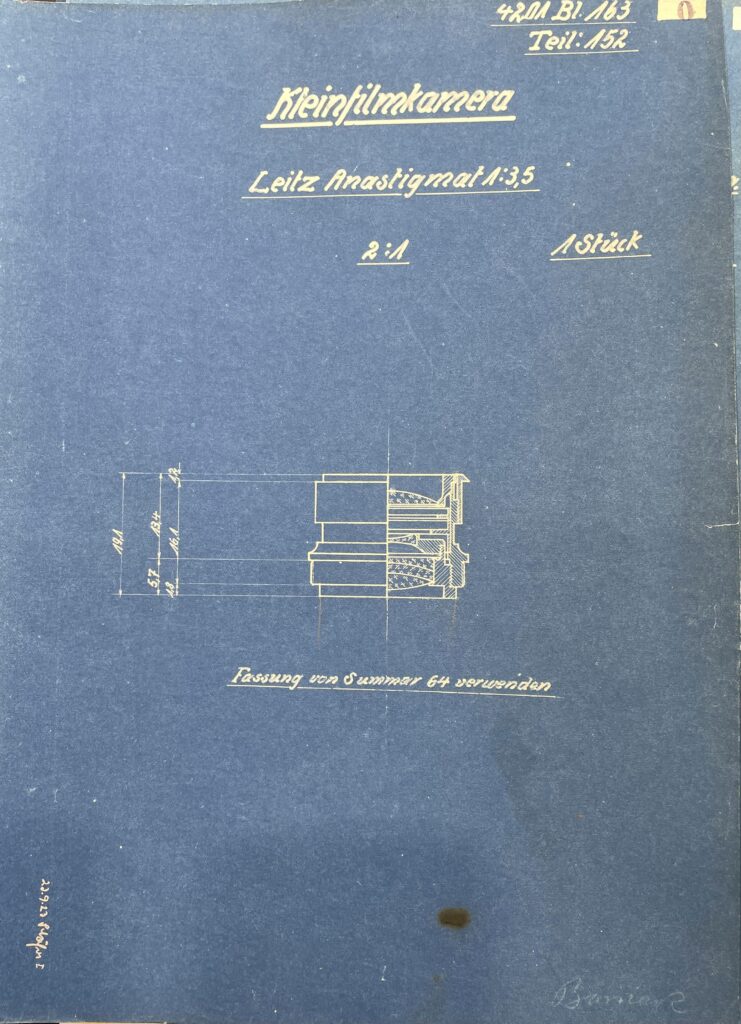

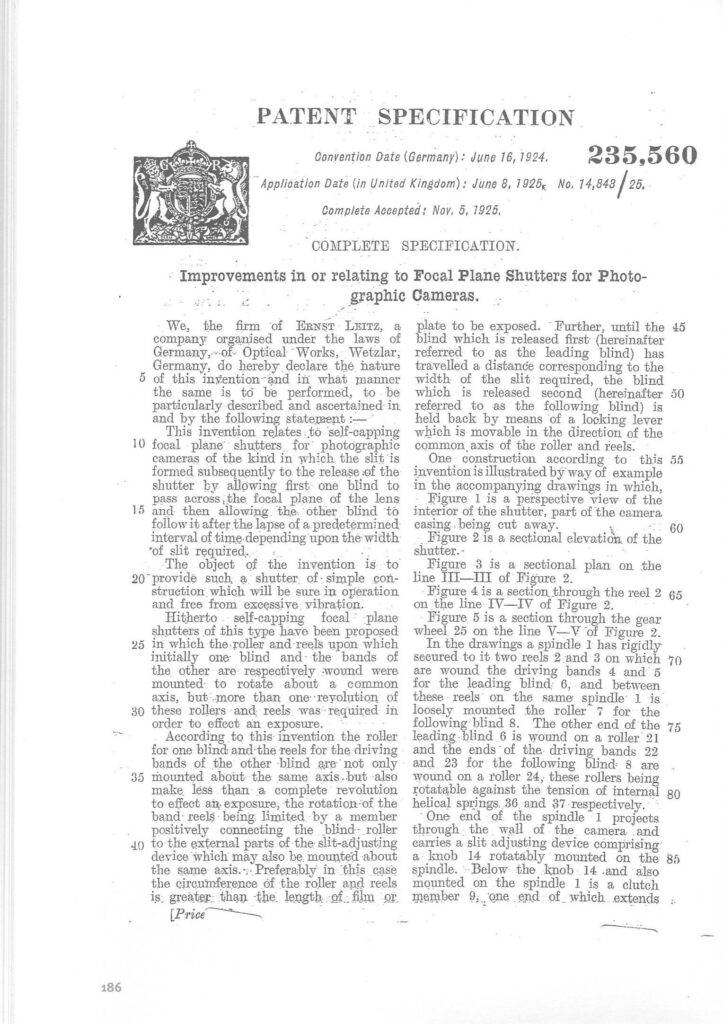
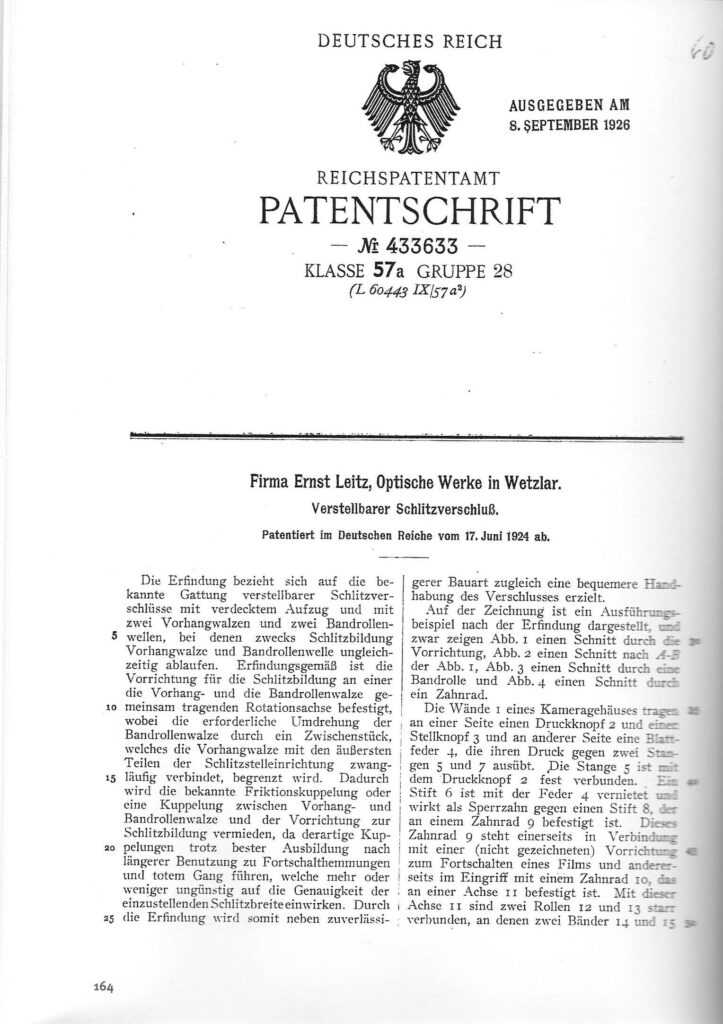
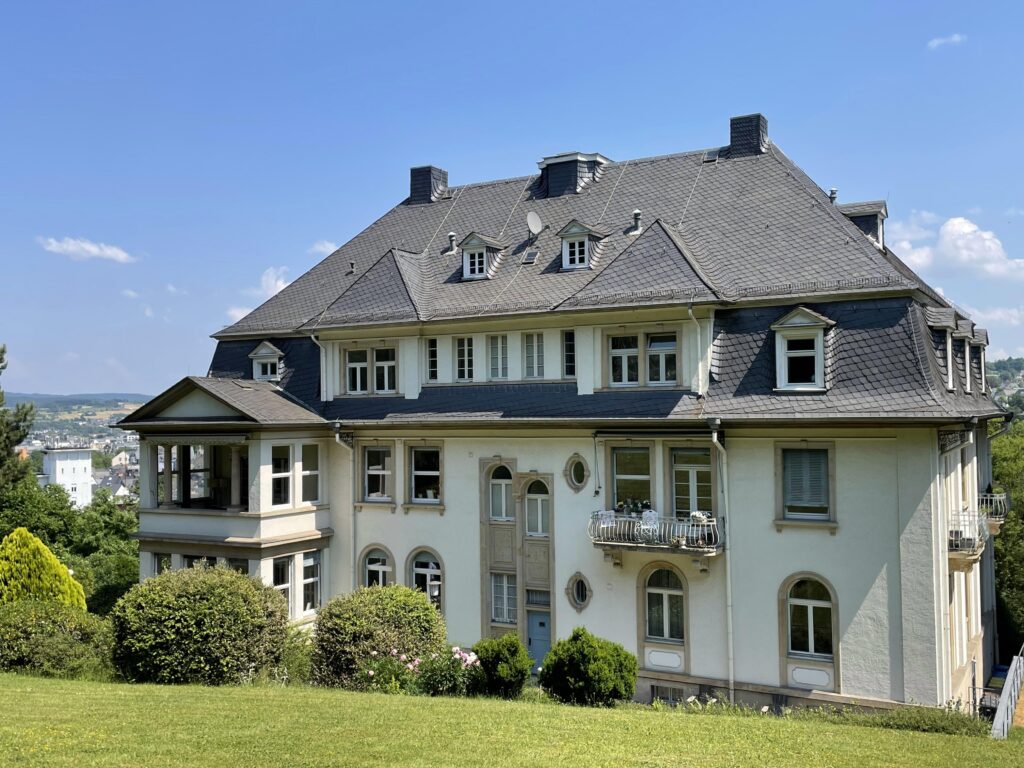
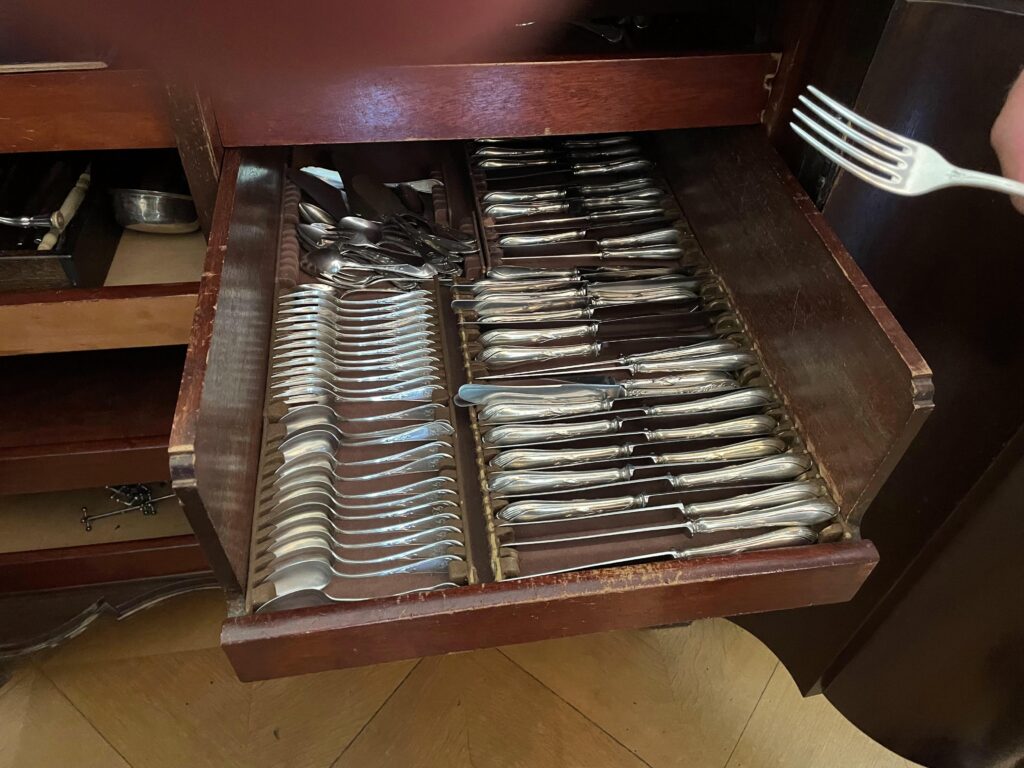
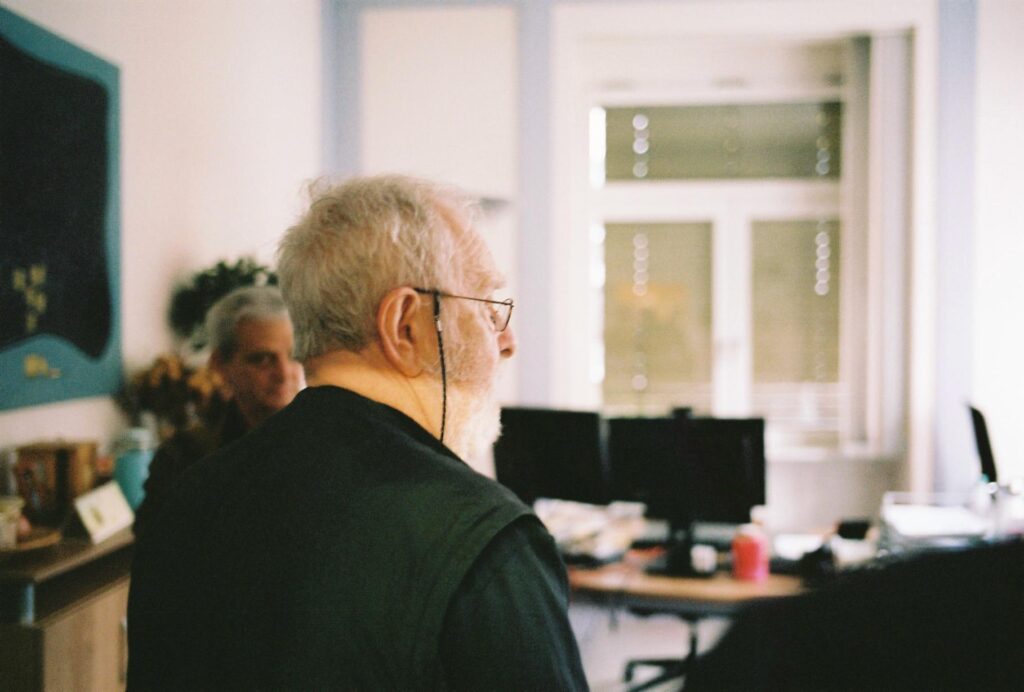
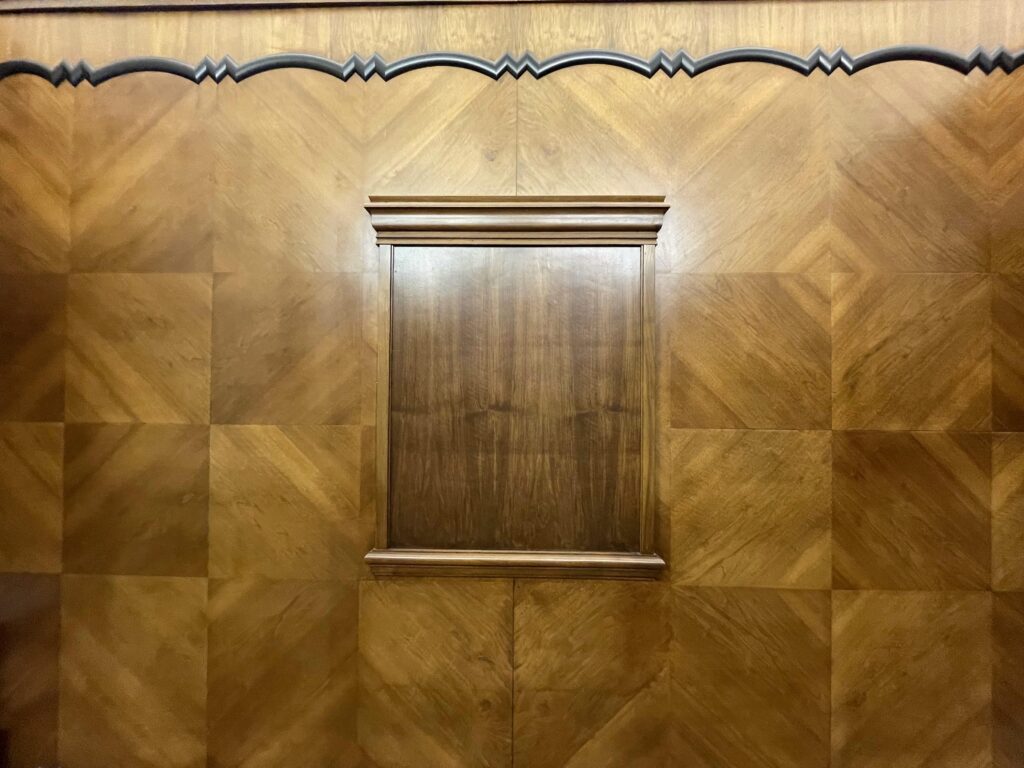
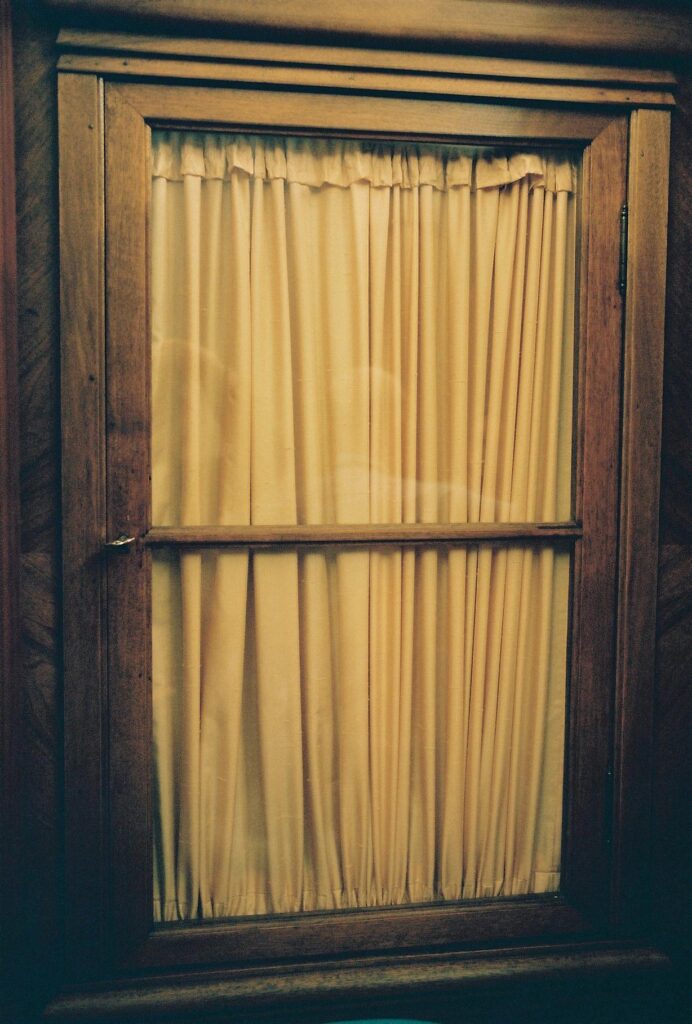
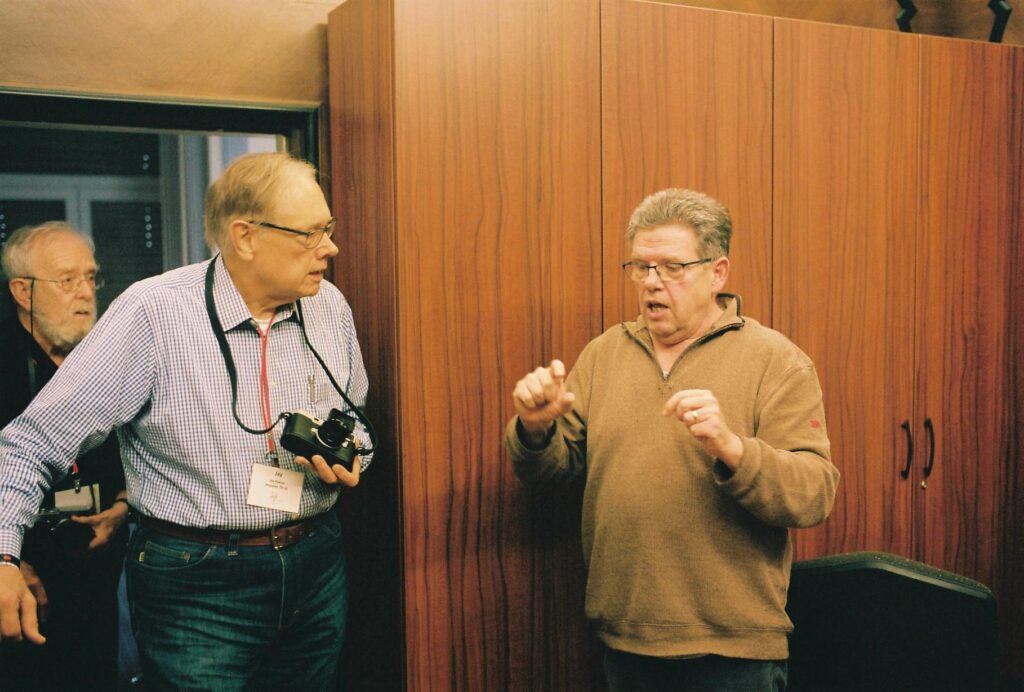
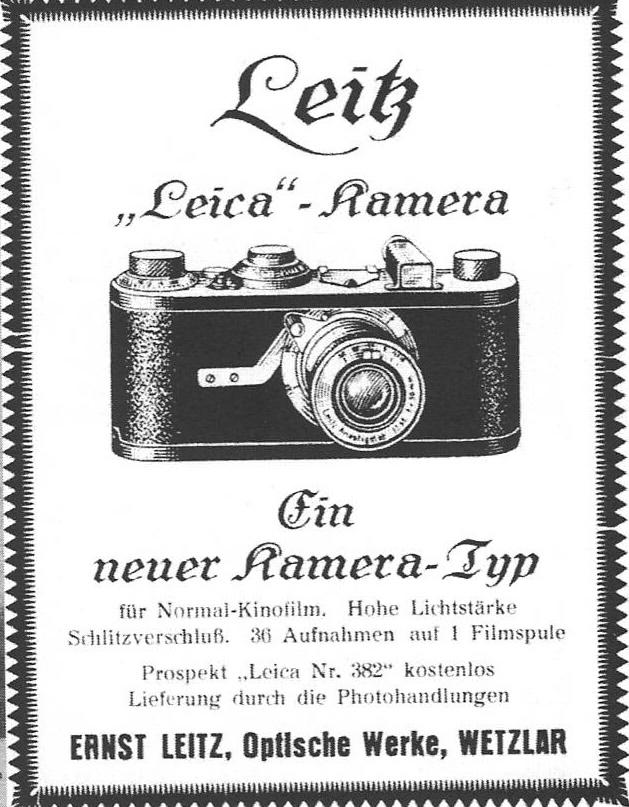
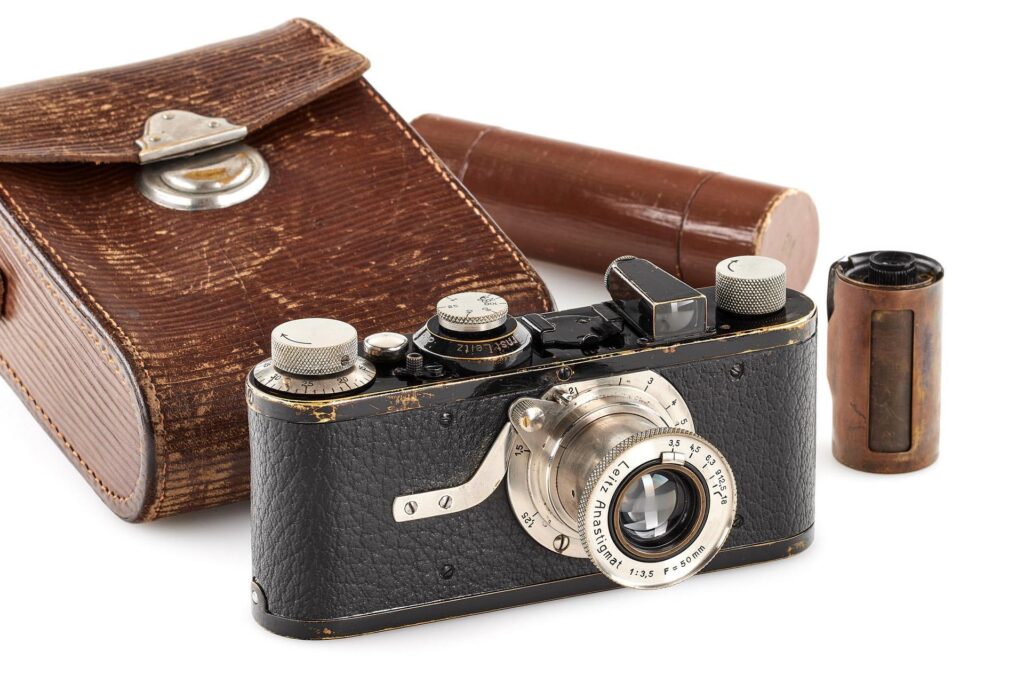




William, excellent and well-written narration of bygone times and important decisions, whose fruits we continue to enjoy to this day. I have been to many of the places you noted above as a fortunate member of Bill Rosauer’s excellent DerLeicaman tour. I can’t wait to get back to Wetzlar this October for COP. Bill and I are also organizing a Leica-themed trip to Tokyo and Kyoto in the fall. Those two events plus the LSI LA Annual Meeting promise a Leica-filled autumn/fall. My very best. Chats @chatsphotog
Thanks, Chats. This is not just about the past. Think of it this way. Without that decision in June 1924, there would be no Leica, no Leica Society International and no ‘derleicaman’ tours. It is possible that 35mm photography would have taken off with another company in the lead and that Ernst Leitz might have entered the fray, but he took the risk and produced a design that led the way, not only because he had taken that risk, but also because of Barnack’s then radical but also sustainable design which was capable of development. This is a significant anniversary.
William
Dear William,
Thank you so much for this article. I am also one of the readers who had some basic knowledge of what had happened 100 years ago, but many of the details were new to me. And I am still wondering why the Leica camera company of our days makes so little use of this “birthdays”. The 70th anniversary of the M3’s launch at photokina in Cologne passed by, officially unnoticed. The 100th anniversary of such an eminently important decision seems to be ignored as well. But maybe they need all the energy for 100 years Leica cameras in 2025…
All the best, Jörg-Peter
Joerg-Peter, Leica will be recognizing the 70th anniversary of the M intro with the M3 this October. This will be the theme of the Celebration of Photography in Wetzlar the week of October 6. I plan on attending with my group. Next year, they will celebrate 100 years of Leica at the same event.
Thanks JP. Leica does have a heritage which it honours, but it is also a commercial entity and needs to plan its camera releases carefully. There are some enthusiasts and experts, including myself, for whom this heritage is very important. I got an email this evening from my dear friend and Leica authority Jim Lager who described my article as ‘beautiful coverage’ for this anniversary. That meant a lot to me as do comments from people like yourself, Bill Rosauer and all my other friends who have posted here. My interest in Leica and the history of photography is entirely pro bono and hobby related as is everything that I do in relation to photography, even when it relates to work that I do for official and/or private archives. Basically, I do it because I enjoy it.
William
Thanks William for a great article. It’s always a renewed pleasure to read your articles
Jean
Thanks, Jean. The pleasure is all mine in writing these articles.
William
Thanks William, always good to read a refresher article!
Gary
Thanks, Gary. The motivation is the centenary of the decision, of course. Leica will probably mark the centenary of the commercial launch in March 2025.
William
Hello William, the tour of the old Admin Building is part of my Derleicaman tour. I included you with my group. I am friends with the new owners, and they only allow my group in.
Please let me know if you are interested in my tour this October, the week of October 6. Please send me an email. We are booking now.
Bill Rosauer
Thanks Bill. I was delighted to actually visit the spot, thanks to you. I had known the whole story for a long time, of course. I hope that you enjoyed my article.
William
Wonderful article William! You have a way with words, as they say. Must be the Irish!
Thank you William
A great article – of course I knew the story, but not the details.
All the best
Thanks, Jono. We all probably know the chronology in some form or another, but it’s good to set it all out to mark the anniversary.
Best Wishes
William
Thanks William!
History can be presented in a way that send the reader to sleep, or it causes them to get excited and want to know more and have a pile of questions that need to be answered.
Your article is the latter and it makes me wan to know more. I hope there are more articles you can contribute to fill in our knowledge about the company and how it developed.
Thanks again
Jon
Thanks, Jon
See my reply to John Wilson. I enjoy relating these historical stories about photography. Leica has a long and proud history, particularly in respect of its role in developing 35mm photography. The Leitz, Barnack and Berek story always bears retelling.
William
William
LOVE WHEN YOU CONTRIBUTE,I JUST THANKFUL YOU SHARE YOUR KNOWLEDGE. I recently had property surveyed and was surprised all surveyors equip was Leica, he said only way to go!
I do a lot of articles and talks on historical photography and cameras online and in person. I always try to make a relatable story out of the whole piece. The Leica devices used by your surveyors are made by Leica Microsystems, a separate company under different ownership. That company actually licenses Leica AG, the company which makes Leica cameras, to use the Leica name.
Excellent article, William! Thanks for the history!
Thanks, Bill. Glad you like it. I think you saw the final article in Arizona before I did. I’ve been travelling today and I’ve just arrived at my hotel.
William